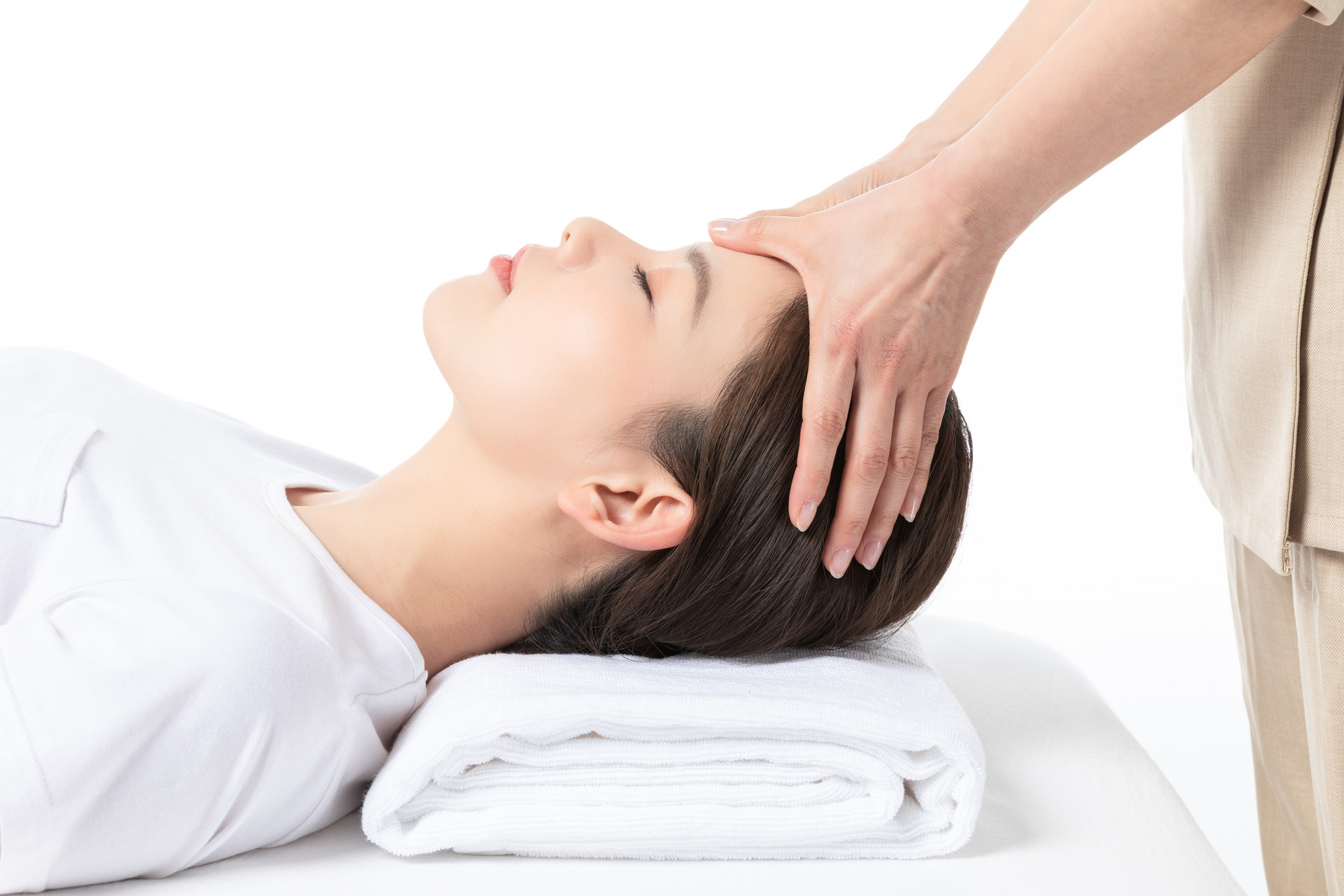The principle of scraping is based on the twelve meridians and eight extraordinary meridians in traditional Chinese medicine, following the principle of treating the symptoms by addressing the underlying cause. By using strong stimulation on the meridians, it can stimulate local skin to become red and congested, thereby refreshing the mind, detoxifying the body, clearing heat, promoting blood circulation, relieving pain, strengthening the spleen, and invigorating the stomach.
Scraping is a method of treating diseases by repeatedly scraping the skin of a patient with a scraping board dipped in scraping oil. The cultural differences revealed by scraping have made many people think deeply. So, as a Chinese, do you know what scraping is?
The principle of scraping
It is based on the twelve meridians and eight extraordinary meridians in traditional Chinese medicine, following the principle of treating the symptoms by addressing the underlying cause. By using strong stimulation on the meridians, it can stimulate local skin to become red and congested, thereby refreshing the mind, detoxifying the body, clearing heat, promoting blood circulation, relieving pain, strengthening the spleen, and invigorating the stomach.
Areas for scraping
There are many areas of the body that can be scraped, including the seventh cervical vertebra, sides of the larynx, bends of the arms and legs, sides of the spine, spaces between the ribs on the front and back of the chest, Achilles tendon at the inner and outer ankle, liver and spleen areas below the ribs, and upper and lower scapulae. The back is scraped in a prone position, and the shoulders are scraped in a sitting position. After scraping, there may be purple spots.
Tools for scraping
There are many tools for scraping. In the past, people used smooth copper coins, copper spoon handles, porcelain spoons, etc. These tools are neither hygienic nor easy to disinfect. Now, special scraping boards made of water buffalo horn are commonly used. They are rectangular in shape with rounded edges and can be purchased at medical stores.
Indications for scraping
Common indications for scraping include colds, fever, heat stroke, headaches, gastrointestinal diseases, stiff neck, frozen shoulder, lumbar muscle strain, muscle spasms, and rheumatoid arthritis.
Process of scraping
First, clean the area to be scraped, dip the edge of the scraping board in scraping oil or massage oil, and then scrape the determined area. Scrape in one direction, not back and forth, with even and appropriate pressure. If there are sha (redness), scrape the bends of both arms about ten times until dark purple sha marks appear. Scrape each area about 20 times. If you have a headache or sore throat, sit up; if you feel dizzy or have chest or abdominal pain, lie on your back; if you have pain in the shoulders, back, waist, or sacrum, lie on your stomach.
Generally, follow the scraping areas mentioned above. If you can scrape them in order, the patient will immediately feel relieved. Let the patient rest for a few minutes, then scrape the spaces between the ribs on the front and back of the chest, the upper and lower scapulae, or the neck vertebrae, about ten times each. After that, drink ginger water or plain water, and the patient will feel exceptionally comfortable.
Precautions for scraping
1. Pay attention to keeping the room warm during scraping treatment, especially in winter, to avoid cold and drafts. In summer, avoid direct blowing of fans on the scraping area.
2. Avoid taking a cold shower within 30 minutes after scraping.
3. Do not scrape the same area again until the sha marks from the previous scraping have subsided. The interval between each scraping session should be 3-6 days, depending on the disappearance of sha marks on the skin.
4. It is best to drink a cup of warm water (preferably lightly sweetened salt water) and rest for 15-20 minutes after scraping.












